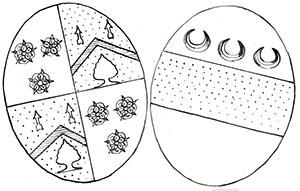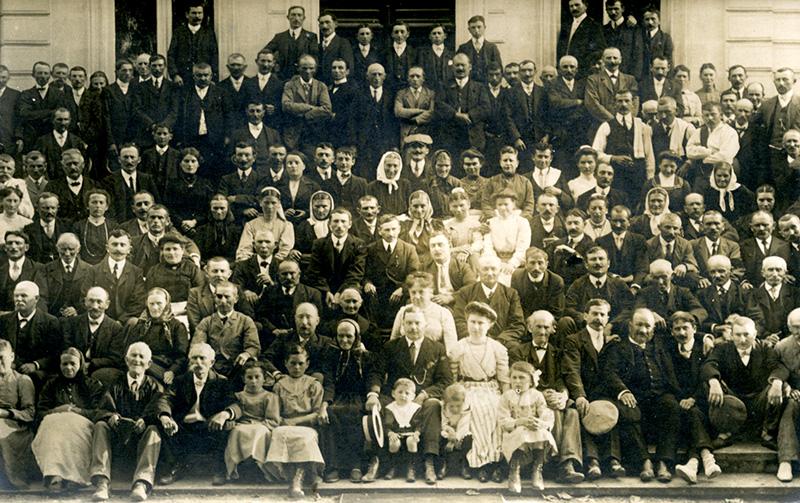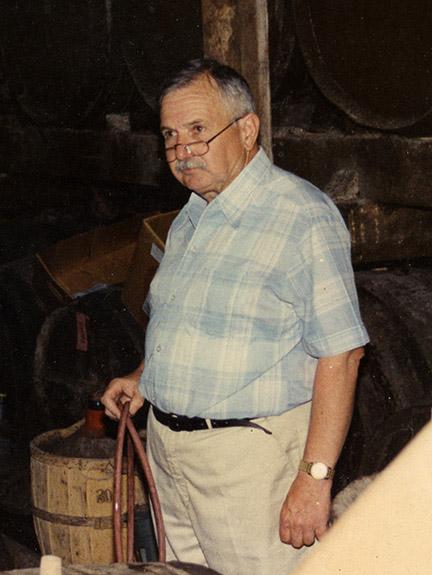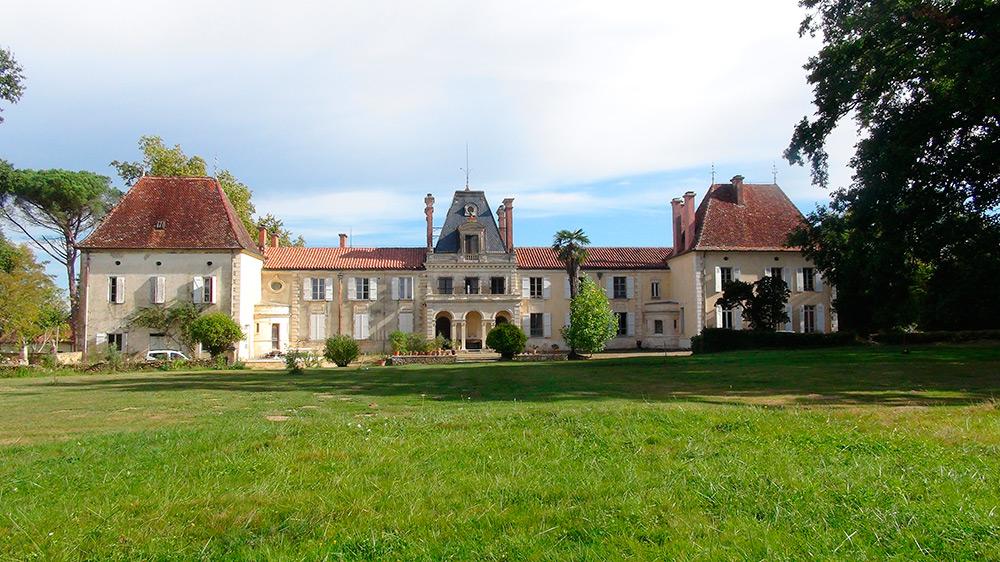‘La Béroje’ means ‘The Beautiful’ in the language of Gascony.
Eugène L’Huillier, (husband of Berthe de Rémond) began to renovate the 16th century mansion in around 1868
A family estate

This ancestral agricultural estate was acquired by the Comte de Rémond in the first half of the 19th century. The Ludon, a stream that currently divides the Gers and Landes departments, ran through this vast property, which comprised meadows for cattle-farming, large forests, and a variety of terroirs suitable for both vineyards and cereals. A whole village of craftsmen, tenant farmers and farm-workers lived there, and, in one way or another, many people from the surrounding area more-or-less depended on the estate.
Until the Second World War, the vineyards produced a light wine for the people of La Béroje (7 litres per man per day, and 3 litres for women during major operations!), but of course it was also used for distillation, the barrels of Armagnac being destined chiefly for the big Cognac houses in the city of the same name (only in 1909 did the appellations law differentiate between the spirits now known as Cognac and Armagnac).

1906: on the steps of La Béroje, following Gustave and Marthe L’Huillier’s wedding in Paris. The people of La Béroje and the surrounding countryside welcoming the young bride to the estate.
The descendants – first the L’Huillier, then the Crombez de Montmort family – continued to produce Armagnac, handing down from one generation to the next their skill and expertise in the art of aging brandy. But it was really Bernard L’Huillier (1924 -1999), a great and passionate connoisseur, who brought to fame the vintage Armagnac produced at ‘Château de La Béroje’.

Bernard L’Huillier
Although the estate took a less prominent position at the turn of the century, the excellent quality of its products has never wavered, and it has returned stronger and more determined than ever to be a leading name in Armagnac production once more. This is a vocation that is confidently rooted in Gascony, a land where tradition endures with gratifying vigour. It goes without saying that this multitude of ties with the local countryside and people are hugely precious to us, constantly binding us as they do to this place so steeped in history, so profoundly rooted in its surroundings.
FIND OUR ARMAGNAC ?
Some restaurants and retailers :
Carré des Feuillants (Alain Dutournier) – Paris
Les Caves Marly – Marly-le-Roy
Apicius (Jean-Pierre Vigato) – Paris
Maison Rostang – Paris
Hôtels Esprit de France – Paris – Aix
Magnin vin & spiritueux – Cully, Suisse
Caves Jacquèmes – Aix-en-Provence
Le Vin devant soi – Avignon


